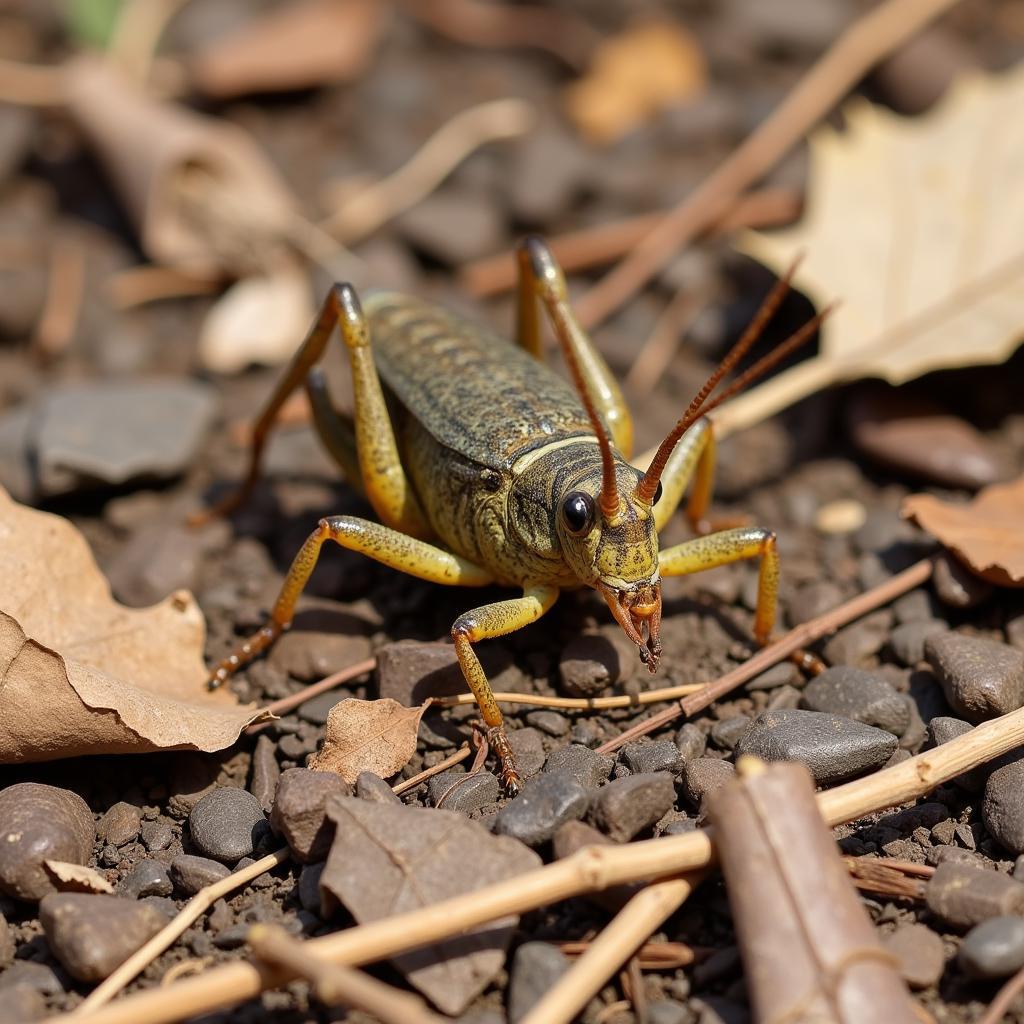African Bush Elephant vs Woolly Mammoth: Giants of Different Eras
The African bush elephant and the woolly mammoth, two colossal herbivores, often spark curiosity and comparisons. While separated by time, these magnificent creatures share some surprising similarities and striking differences. This article delves into the fascinating world of these giants, exploring their size, diet, habitat, and ultimately, the reasons behind the mammoth’s extinction.
Size and Appearance: A Tale of Two Giants
Both the African bush elephant and the woolly mammoth were impressive in size, though their appearance differed significantly. The African bush elephant, the largest land animal alive today, can reach heights of up to 13 feet and weigh over 6 tons. Their large ears, thick grey skin, and long tusks are their distinguishing features. The woolly mammoth, adapted to the icy Pleistocene epoch, was covered in thick fur, had smaller ears than its modern counterpart, and sported long, curved tusks. While generally similar in size to the African bush elephant, some mammoths could grow even larger.
How big were woolly mammoths compared to elephants? While both were giants, the largest woolly mammoths could outweigh even the biggest African bush elephants.
Diet and Habitat: Adapting to Different Worlds
The African bush elephant thrives in the diverse landscapes of sub-Saharan Africa, from savannas and forests to deserts and swamps. Their diet consists primarily of grasses, leaves, fruits, and bark. The woolly mammoth, on the other hand, roamed the vast, frigid grasslands and tundra-steppe ecosystems of the northern hemisphere. Their diet consisted mainly of grasses, sedges, and other herbaceous plants adapted to cold climates.
What did woolly mammoths eat? They primarily grazed on grasses, sedges, and other cold-climate vegetation.
Extinction of the Woolly Mammoth: A Multifaceted Mystery
The woolly mammoth disappeared around 4,000 years ago, while the African bush elephant continues to roam the earth. Several factors are believed to have contributed to the mammoth’s extinction, including climate change, human hunting, and potentially disease. The rising temperatures at the end of the last ice age drastically altered the mammoth’s habitat, shrinking their grazing lands and putting pressure on their populations. Human hunting, evidenced by archaeological findings, likely played a role as well.
Why did woolly mammoths go extinct? A combination of climate change, human hunting, and possibly disease likely led to their demise.
African Bush Elephant vs Woolly Mammoth: A Summary
The African bush elephant and woolly mammoth, despite their shared ancestry and impressive size, represent distinct adaptations to different environments. While the African bush elephant continues to face challenges like habitat loss and poaching, understanding the factors that led to the woolly mammoth’s extinction can provide valuable lessons for conservation efforts today.
What are the key differences between an African bush elephant and a woolly mammoth? The most noticeable differences lie in their physical adaptations to their respective environments: the elephant’s large ears and thin skin suited for warmer climates, and the mammoth’s thick fur and smaller ears adapted to the cold.
Conclusion
The African Bush Elephant Vs Woolly Mammoth comparison provides a compelling glimpse into the power of adaptation and the fragility of ecosystems. By learning about these magnificent creatures, we gain a deeper appreciation for the interconnectedness of life on Earth and the importance of preserving our planet’s biodiversity. The story of the woolly mammoth serves as a stark reminder of the potential consequences of environmental change and the need for proactive conservation efforts for the African bush elephant and other endangered species.
FAQ
- Are elephants related to mammoths? Yes, they share a common ancestor.
- Could woolly mammoths be brought back to life? Some scientists are exploring the possibility through genetic engineering, but it remains a complex and controversial topic.
- What is the lifespan of an African bush elephant? They can live for 60-70 years in the wild.
- How big were woolly mammoth tusks? The largest tusks found have measured up to 16 feet long.
- Were woolly mammoths bigger than African bush elephants? Some were, but generally, they were of similar size, with the largest mammoths exceeding the largest elephants.
- What is the biggest threat to African bush elephants today? Poaching and habitat loss are the two most significant threats.
- What can we learn from the extinction of the woolly mammoth? The importance of addressing climate change and the impact of human activity on wildlife.
Common Scenarios & Questions:
-
Scenario: A child asks, “Who would win in a fight, a mammoth or an elephant?” Answer: This is a hypothetical question as they lived in different eras. However, considering their size and tusks, it would likely be a very close battle.
-
Question: How do we know what woolly mammoths ate? Answer: Scientists analyze fossilized stomach contents and preserved dung to determine their diet.
Further Exploration:
- Learn more about elephant conservation efforts on our dedicated page [link to a relevant page on the website if it exists].
- Discover more about the Ice Age and the animals that lived during that time [link to a relevant page on the website if it exists].
Need help? Contact us 24/7. Phone: +255768904061, Email: kaka.mag@gmail.com or visit us at Mbarali DC Mawindi, Kangaga, Tanzania.

